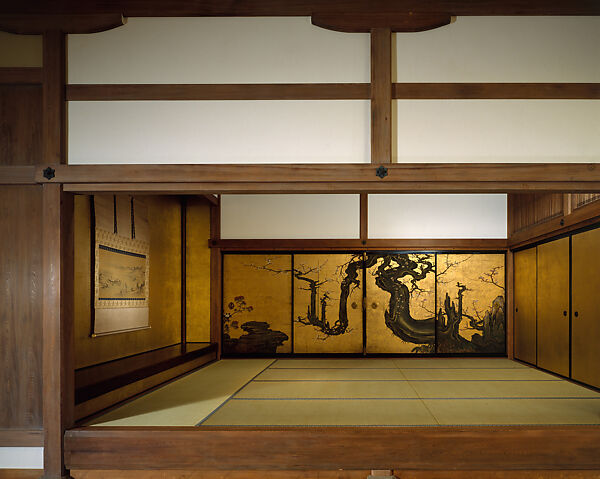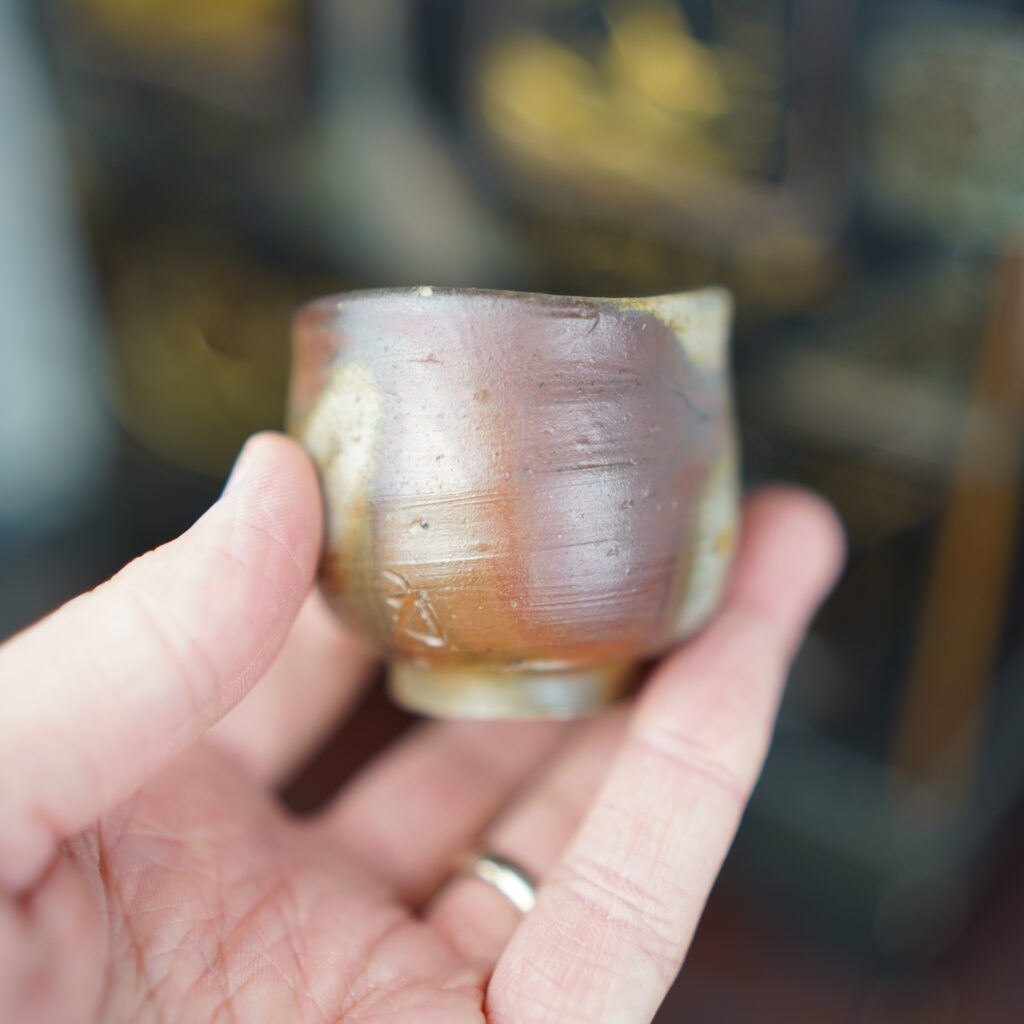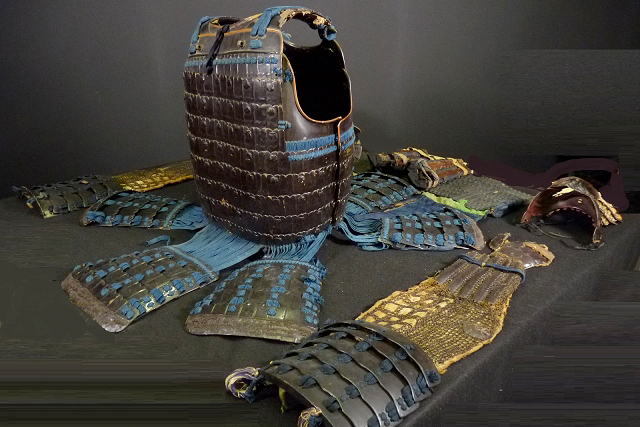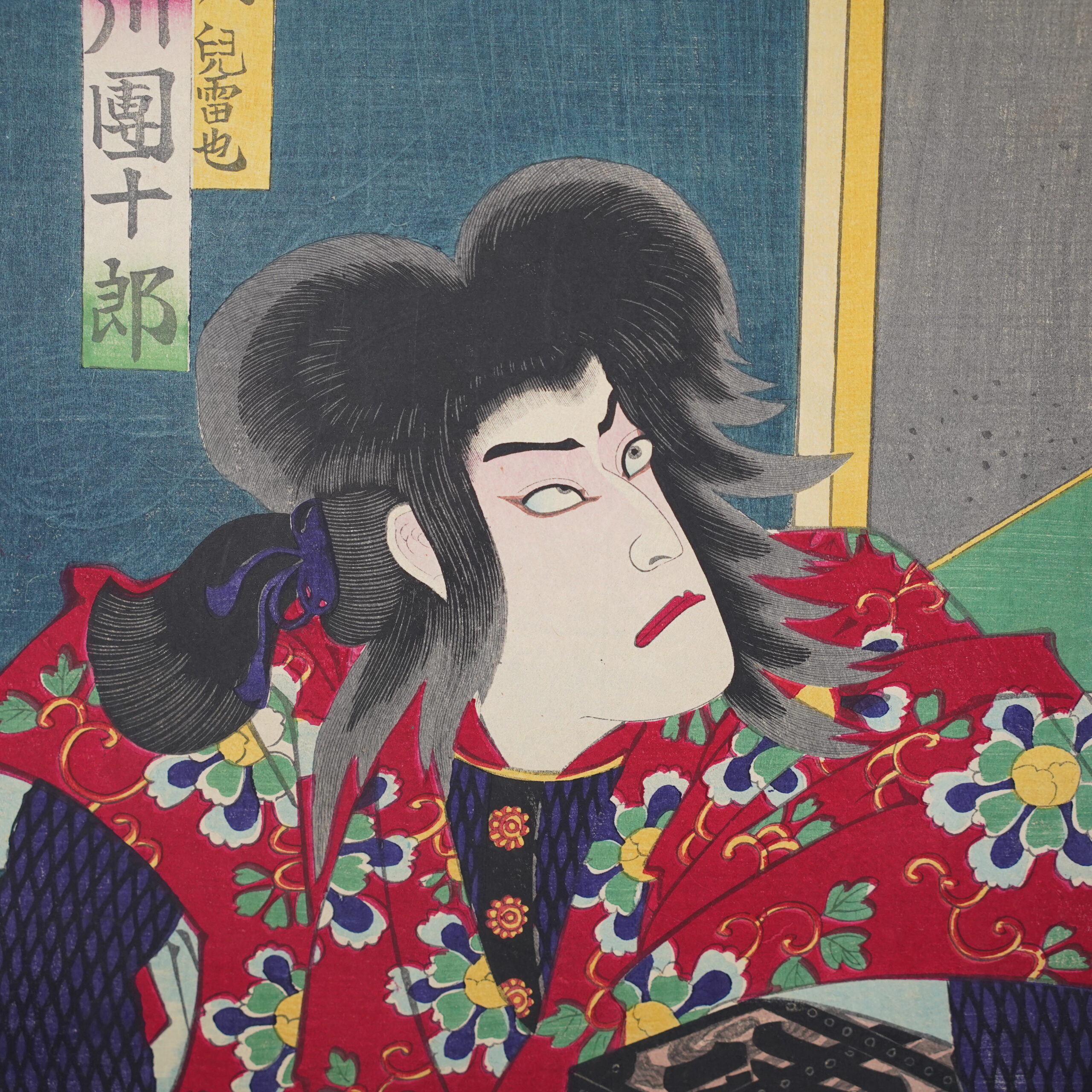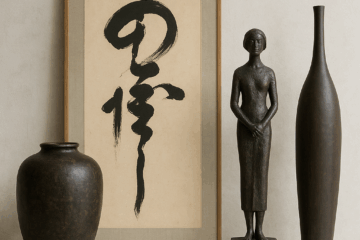Japan is world-renowned for the richness of its traditional arts, testimony to a cultural heritage that goes back thousands of years. Stemming from Zen philosophy, Shintoism and Japanese aesthetic codes, these arts are much more than simple craft practices: they embody a vision of the world in which harmony, discipline and beauty of gesture occupy a central place.
The art of gesture: when practice becomes meditation
Traditional Japanese arts are often marked by a profound spiritual dimension. Such is the case of ikebana, the Japanese floral art, which does more than simply arrange flowers; it aims to create a balance between emptiness and fullness, light and shade.
The tea ceremony (chanoyu) is another emblematic example: codified and silent, it transforms tea-drinking into a veritable ritual of hospitality and serenity.
Shodō, or Japanese calligraphy, combines technical mastery and expression of the soul: each brush stroke reflects the artist's inner state. These arts demand patience, rigor and presence, and are akin to a form of meditation in action.
Excellent craftsmanship in the service of Japanese aesthetics
Japanese craftsmanship is one of the pillars of traditional culture, founded on the meticulous transmission of gestures and know-how down the generations. Each creation is imbued with the wabi-sabi philosophy, which values the beauty of imperfection, simplicity and the passage of time.
Theart of kintsugi, repairing broken ceramics with golden lacquer, embodies this vision, transforming the flaw into ornament. Similarly, urushi lacquer, used in decorative objects or traditional armor, takes months of work to achieve a deep, glossy finish.
Another very important facet of traditional Japanese art: ukiyo-e prints, produced using complex woodcut techniques, immortalized scenes of daily life, landscapes and emblematic figures from kabuki theater or warriors. They bear witness to a refined folk art, both graphic and narrative.
Other craft traditions, such as silk kimono weaving, handmade washi paper or Japanese swords (katana), illustrate the union between technical mastery, aesthetic demands and spirituality.
In these arts, the craftsman doesn't just make an object: he takes an introspective, silent approach that respects the material. Each piece, whether intended for everyday use or as an ornament, expresses a balance between utility, beauty and impermanence - at the very heart of the Japanese soul.
The performing arts: a living tradition
The performing arts play a central role in traditional Japanese culture.
Noh theater, with its masks and slow, stylized gestures, immerses the spectator in a spiritual and symbolic universe.
Kabuki, more expressive and theatrical, seduces with its sumptuous sets, colorful make-up and dramatic intensity. Less well known internationally, Bunraku puppet theater is just as refined and codified.
These theatrical forms perpetuate ancient stories, while continuing to evolve thanks to passionate contemporary performers. Today, they remain a living pillar of Japanese culture, appreciated at home and abroad.
The traditional arts of Japan are much more than relics of the past: they embody a way of being, an aesthetic of everyday life and a timeless wisdom. Part art of living, part self-discipline, part cultural heritage, they continue to inspire the world with their beauty, refinement and profound humanity.

